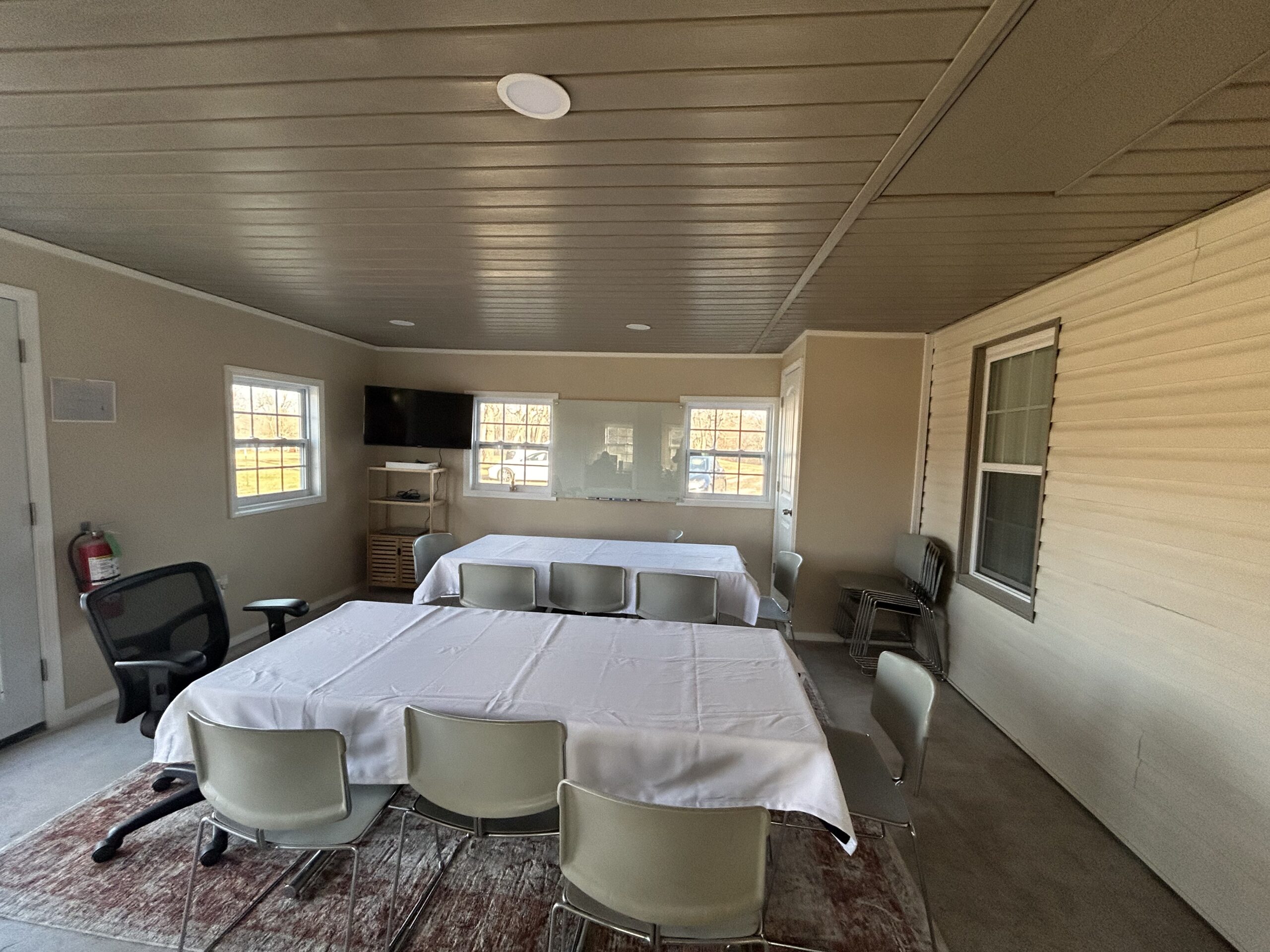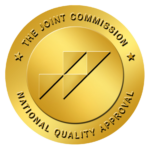Can You Really Use Insurance for a Partial Hospitalization Program? Here’s What You Need to Know
When you’re struggling with substance use, finding the right help can feel like a full-time job. Between understanding the different treatment programs and figuring out how to afford it all, it’s easy to feel overwhelmed. But if you’ve been looking into rehab options and heard about Partial Hospitalization Programs—often called PHPs—you might wonder whether your insurance will cover it. The good news? In many cases, it does. But getting from “maybe” to “yes” means knowing how the system works and how to use it to your advantage.

What Is A Partial Hospitalization Program, And How Is It Different From Other Rehab Options?
A Partial Hospitalization Program sits right in the middle of the treatment ladder. It’s more structured than outpatient care but doesn’t require staying overnight like inpatient or residential rehab. You spend most of the day at a treatment center—usually five to six hours—then go home in the evening. That can make it easier for people who have jobs, kids, or other responsibilities they can’t fully step away from.
It’s a serious commitment, though. PHP isn’t a quick fix or a casual check-in. It’s designed for people who need consistent support but don’t need to be under 24-hour watch. If you’re dealing with withdrawal, intense cravings, or mental health issues on top of substance use, PHP can help create stability and structure. It often includes therapy, medical check-ins, group work, and sometimes medication management.
What makes it stand out is how it blends medical care with flexibility. You’re getting professional support, but you’re also practicing how to function in your real life without substances. That’s a key step in long-term recovery.
How Insurance Comes Into Play—And Why Many People Don’t Realize It Covers PHP
The biggest barrier for many people seeking treatment isn’t just finding the right program—it’s paying for it. And many folks don’t realize that many insurance plans do cover programs like PHP. The confusion comes from how insurance companies classify different types of care. Partial Hospitalization is considered “intensive outpatient care,” which often falls under the same coverage category as mental health services.
Under the Mental Health Parity and Addiction Equity Act, insurance plans are required to treat substance use coverage the same way they treat other medical conditions. That means if your plan covers hospital stays, doctor visits, or outpatient care, there’s a good chance it also covers some or all of a Partial Hospitalization Program.
The trick is knowing how to ask. Calling your provider and specifically asking about the benefits of PHP for substance use treatment can unlock details that aren’t always easy to find in your plan documents. They might cover different treatment lengths or require a referral from a doctor, but most will walk you through what’s needed once you ask the right questions.
What To Expect When You Start The Insurance Approval Process
Once you’ve chosen a rehab center offering PHP, you’ll likely undergo a pre-authorization process. That’s just a way for the insurance company to confirm that the treatment is medically necessary. You might need to do an intake evaluation with the rehab center’s staff or your primary care doctor.
They’ll ask about your history, current symptoms, and what you’ve tried before. It might feel uncomfortable at first, but being honest here matters. Insurance companies are more likely to approve care when there’s clear documentation that PHP is the appropriate level of support.
The rehab center can usually help you with paperwork, phone calls, and getting the information to your insurance provider. Having a good treatment team really helps here—they’ve done this before, and they know how to navigate the red tape.
Why Partial Hospitalization Might Be The Right Choice For Long-Term Recovery
A lot of people assume that unless you go to inpatient rehab, you’re not doing it “right.” But recovery isn’t one-size-fits-all. PHP offers a space where people can begin rebuilding their lives without being completely removed from the outside world. It allows space to test out coping tools, re-learn routines, and get real-time feedback in therapy.
People often choose PHP because they’ve tried outpatient care and felt it wasn’t enough—or because they need a step down from inpatient rehab that still provides structure. The benefits of PHP become especially clear when you’re trying to balance real-life responsibilities and healing.

One well-known figure in this arena is Dane Jones of Vital Solutions, a CEO who gets it. He’s been open about creating treatment environments that respect people’s time, energy, and need for real progress—not just surface-level change. Programs like his are designed with both compassion and practicality in mind, which makes a big difference in how people engage with their recovery.
Using Insurance to Take the First Real Step
If you’re considering treatment, don’t let insurance fears stop you. Picking up the phone and asking the hard questions might feel intimidating, but it could open the door to care that changes everything. Partial Hospitalization might not be talked about as much as residential rehab, but for the right person, it can be a powerful tool for recovery.
And if your insurance can help make it happen? That’s a real win.


